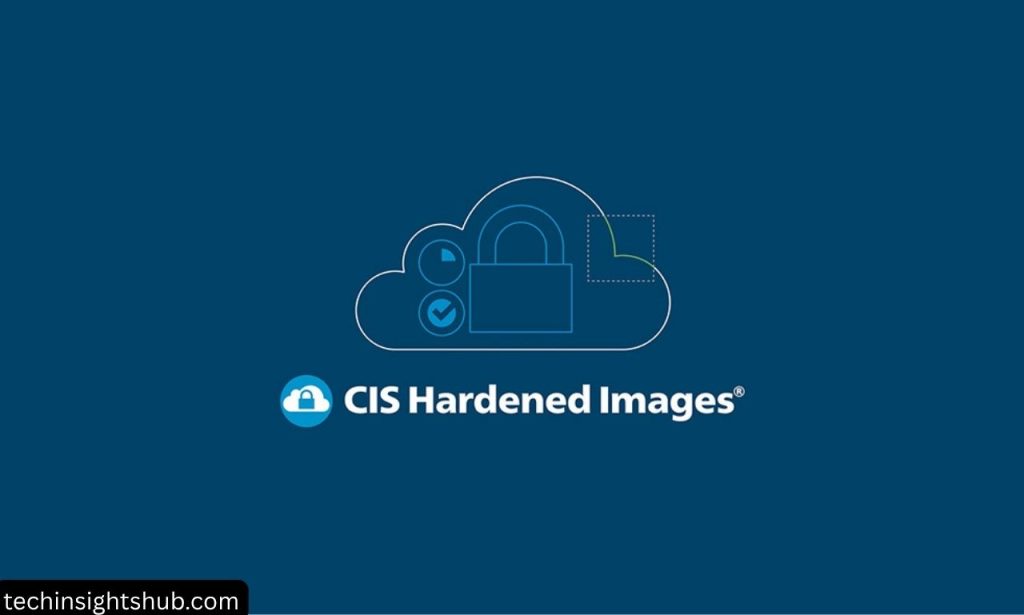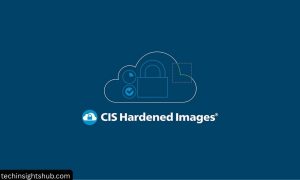In today’s digital landscape, security threats lurk around every corner. Organizations face increasing pressure to protect their systems against sophisticated attacks. CIS Hardened Images offer a powerful solution to this growing challenge. These pre-configured virtual machine images follow strict security benchmarks established by cybersecurity experts. They significantly reduce the attack surface of cloud deployments right from the start. Many IT teams struggle with proper system hardening due to time constraints and technical complexity. CIS Hardened Images solve this problem through ready-to-deploy secure configurations. They eliminate countless hours of manual work while ensuring comprehensive protection.
I once helped a healthcare organization implement these images across its infrastructure. Their compliance time dropped from weeks to days, and the relief on their security team’s faces was unforgettable. This article explores how CIS-hardened images strengthen security posture and cut costs simultaneously. We’ll examine practical implementation strategies and long-term benefits for your organization.
How to Integrate CSPM into Your Clients’ IaaS Strategy

Cloud Security Posture Management (CSPM) forms the backbone of modern cloud security approaches. Your clients need clear integration pathways to maximize CSPM effectiveness. Start by assessing their current IaaS environments for configuration gaps and compliance issues. This creates a baseline for measuring improvement after implementation.
Next, map specific CIS benchmarks to their regulatory requirements and business needs. Not every control applies to every organization. Prioritize critical security settings based on their unique risk profile. Implement continuous monitoring to catch configuration drift before it creates vulnerabilities.
When introducing CSPM, emphasize its automation capabilities that reduce manual workloads. Show clients how real-time alerts provide early warning of potential security issues. Develop clear remediation workflows that address problems quickly when they arise.
CSPM integration works best through phased implementation rather than all-at-once approaches. Begin with critical workloads before expanding to the entire cloud infrastructure. Regular reporting demonstrates security improvement and justifies the investment to stakeholders.
Common Cloud Security Challenges
Organizations face numerous security hurdles when moving workloads to cloud environments. Misconfigurations represent the most prevalent vulnerability in cloud deployments today. A single incorrect setting can expose sensitive data to unauthorized access. Security teams struggle to maintain visibility across multiple cloud platforms simultaneously.
Account compromise through weak credentials threatens even well-designed cloud architectures. Attackers constantly probe for this common weakness. Compliance requirements vary across industries and regions, creating complex regulatory landscapes. Many organizations lack the expertise to interpret these requirements correctly.
Proper access control management becomes exponentially more difficult in cloud environments. Overly permissive policies often go undetected until after a breach occurs. Shadow IT flourishes when approved solutions don’t meet business needs quickly enough.
Insecure APIs create additional attack vectors that traditional security tools miss. Third-party vendors may introduce risks beyond your direct control. Data protection across diverse storage types requires specialized knowledge that most teams lack.
What This Looks Like in Practice
Implementing CIS-hardened images transforms security operations in measurable ways. A financial services firm recently deployed these images across its AWS environment. Their security scan findings decreased by 87% immediately after implementation, and audit preparation time dropped from three weeks to just two days.
The engineering team gained hours back each week that had previously been spent on configuration tasks. Instead, they redirected this time toward addressing complex security challenges. They met 85% of the controls when a new compliance requirement emerged.
A healthcare provider experienced similar benefits in their multi-cloud environment. Patient data received consistent protection regardless of its storage location. Their security team stopped fighting configuration fires and focused on strategic improvements.
A manufacturing company used CIS-hardened images for its OT/IT convergence initiative. It maintained security without sacrificing the performance of critical production systems, and its security posture improved without increasing headcount or consultant expenses.
How CSPM Plays a Crucial Role in Cloud Security
CSPM Strengthens Security Posture
Cloud Security Posture Management fundamentally changes how organizations approach cloud protection. CSPM tools continuously scan cloud resources against established security benchmarks and best practices. This automation catches misconfigurations before attackers can exploit them. Organizations gain real-time visibility into their security status across all cloud environments.
CSPM helps prioritize remediation efforts by assigning risk scores to identified issues. Teams address the most critical vulnerabilities first, maximizing security impact. The technology provides detailed compliance reporting against major regulatory frameworks like HIPAA and PCI DSS. This simplifies audit preparation and reduces compliance-related stress.
Through integration with CI/CD pipelines, CSPM prevents insecure configurations from reaching production. Problems get fixed during development rather than after deployment. Historical trend analysis shows security improvement over time, justifying security investments to executives.
CSPM Manages Cloud Complexity
Managing security across multiple cloud platforms creates enormous complexity for security teams. CSPM tools provide unified dashboards that normalize security findings across diverse environments. This creates consistency regardless of where workloads reside. Teams work from a single interface rather than switching between provider-specific tools.
CSPM automatically adapts to changing cloud environments as resources spin up or down. This dynamic protection matches the fluid nature of modern cloud architectures. The technology maps relationships between cloud resources to show potential attack paths through systems. This context helps defenders understand actual risk versus theoretical vulnerabilities.
When cloud providers introduce new services, CSPM quickly incorporates them into security monitoring. Organizations stay protected even while adopting cutting-edge technologies. Role-based access controls ensure that security information reaches the right team members without overwhelming them.
Benefits CIS Hardened Images Offer Your Clients
CIS Hardened Images deliver immediate security improvement from the moment of deployment. They eliminate hundreds of configuration steps that teams might otherwise miss or implement incorrectly. Your clients save countless hours previously spent on manual hardening processes.
These images reduce the attack surface by removing unnecessary services and closing vulnerable ports. Potential attackers face significantly fewer exploitation opportunities. Regular updates ensure protection against newly discovered vulnerabilities without disrupting operations.
From a compliance perspective, these images satisfy requirements across multiple regulatory frameworks simultaneously. Organizations can demonstrate due diligence by implementing industry-recognized security standards. Audit findings decrease dramatically after properly hardened systems are deployed.
Consistent security implementation eliminates variations between similar systems in your environment. All instances start from the same secure baseline regardless of who deploys them. This standardization simplifies management and troubleshooting while improving overall protection.
After implementing CIS-hardened images, cost savings emerge from multiple directions. Security incident frequency decreases, reducing expensive emergency response situations. A stronger security posture makes compliance penalties less likely.
Conclusion
CIS Hardened Images represent a powerful approach to system security and cost reduction. They eliminate configuration inconsistencies while establishing strong security baselines across environments. Organizations gain both improved protection and significant time savings simultaneously.
The integration of these images with CSPM creates comprehensive cloud security coverage. This combination addresses the most common vulnerabilities in today’s complex infrastructures. Security teams shift from reactive firefighting to proactive risk management.
Consider evaluating CIS-hardened images for your critical workloads first. The immediate security improvements will likely justify broader implementation. Your organization deserves the peace of mind from knowing systems start secure by default.
Remember that security isn’t a one-time effort but an ongoing commitment. CIS Hardened Images provide an excellent foundation for your security program. Build upon this foundation with continuous monitoring and regular assessment against evolving threats.
Also Read: ETL Process in Data Warehouse
FAQs
Pre-configured virtual machine images that implement CIS Benchmark security settings to reduce vulnerabilities.
They reduce configuration time, decrease security incidents, minimize compliance penalties, and lower remediation costs.
Yes, they’re available for AWS, Azure, Google Cloud, and other major cloud providers.
Updates typically occur quarterly or when significant security changes are necessary.




